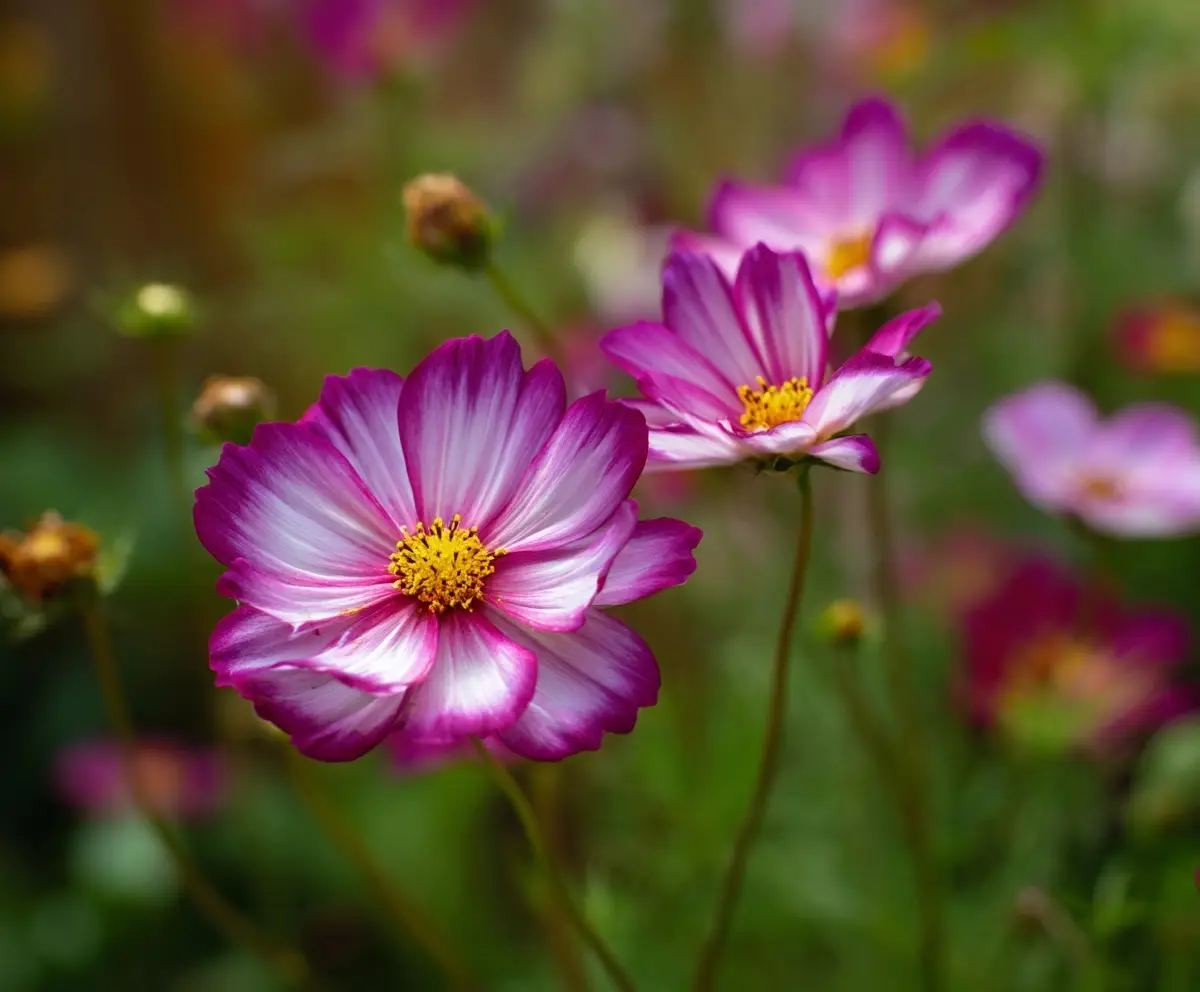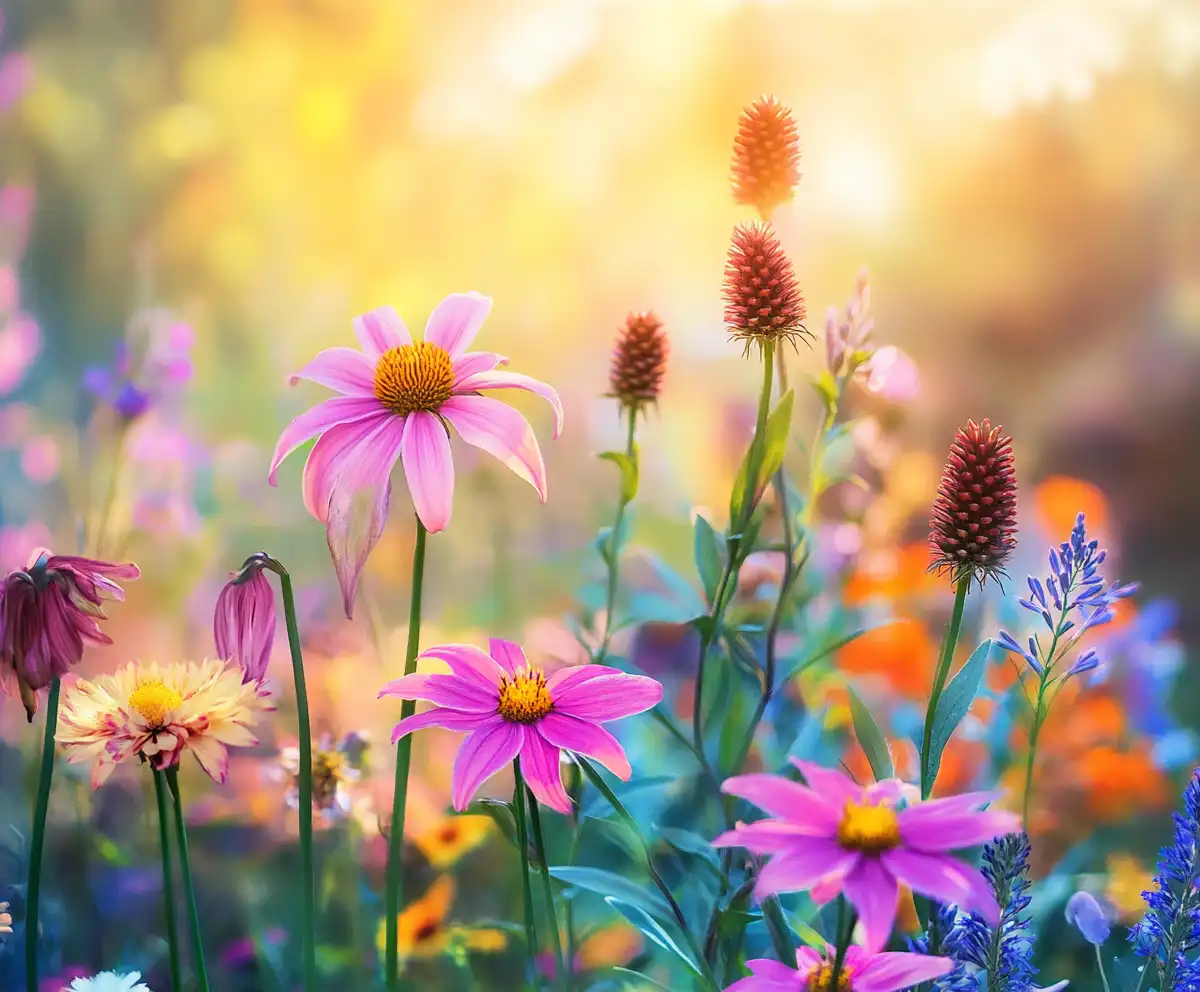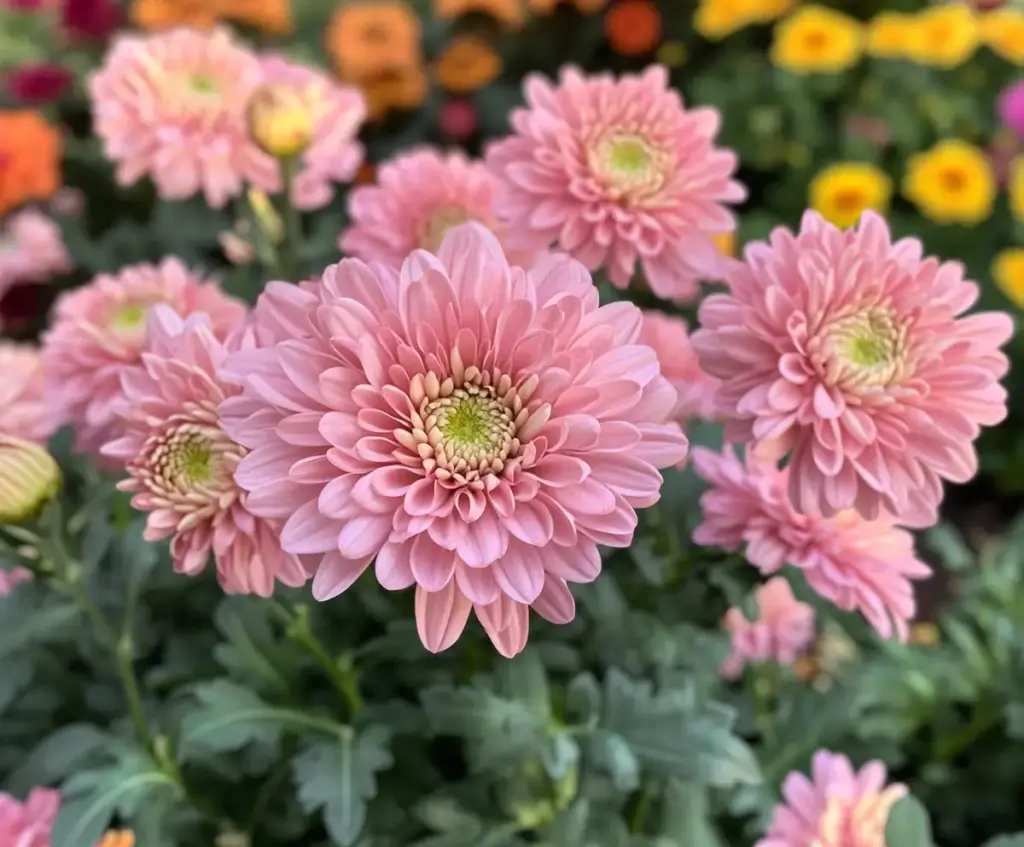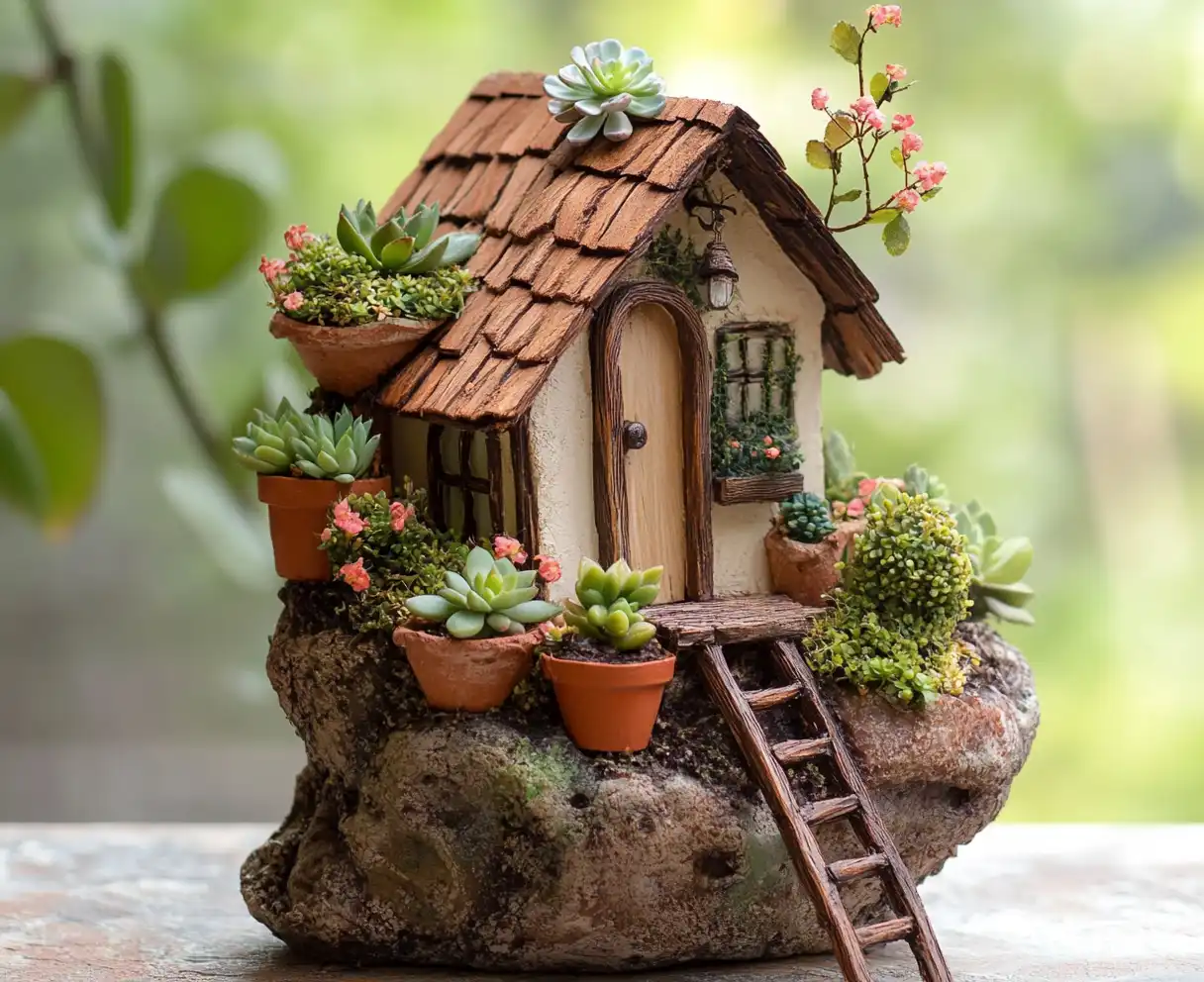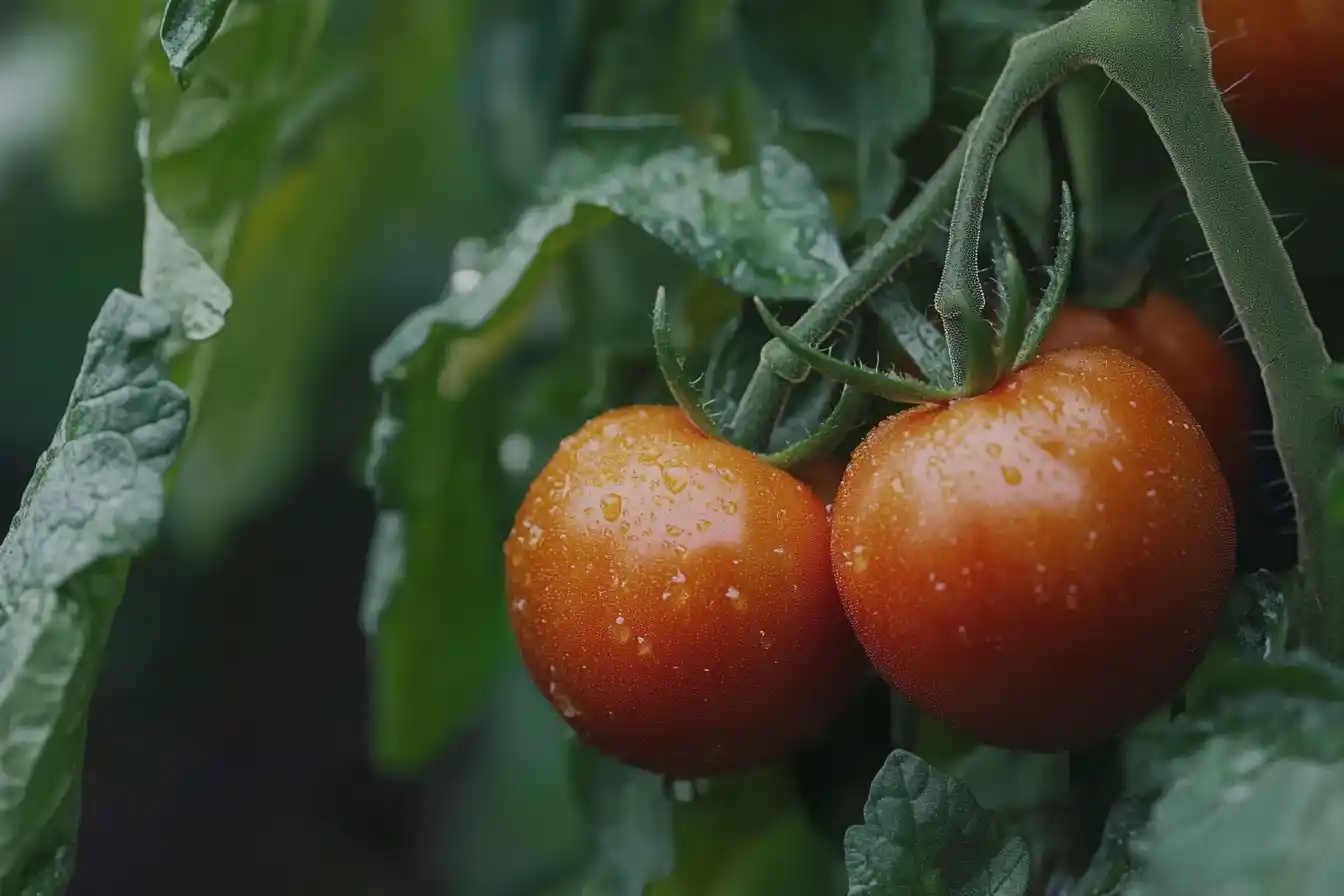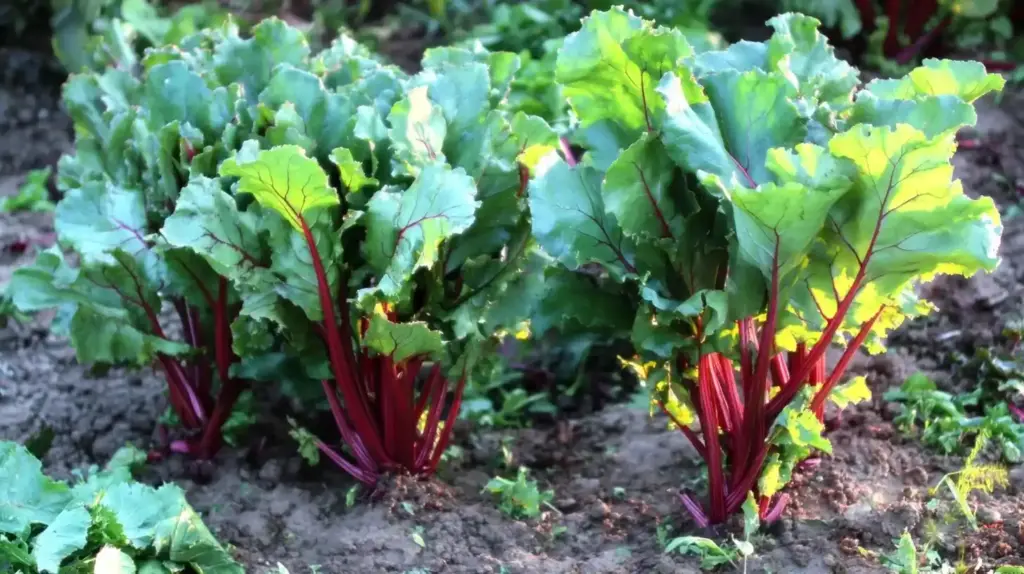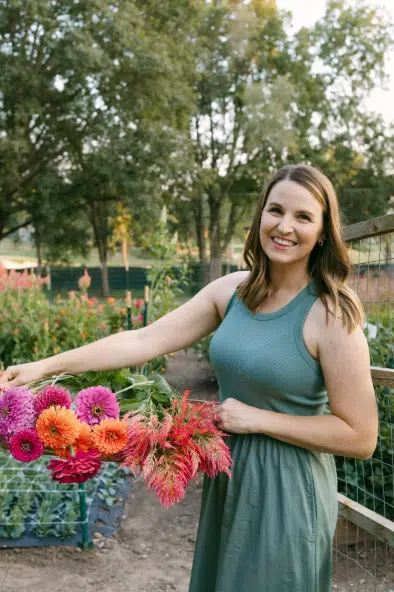Growing Abundance in the Shadows
When planning your garden, it’s easy to overlook shady spots as wasted space. But with a little knowledge and creativity, those areas can become surprisingly productive. In fact, many shade-tolerant vegetables actually thrive with less sunlight, making them perfect for yards with trees, fences, or buildings casting shadows.
If you’re working with a limited or awkward layout, integrating creative small vegetable garden ideas can help you make the most of every corner—including the shaded ones. And if you’re growing in raised beds, be mindful of placement to avoid raised bed gardening mistakes that can block light unintentionally.
Table of Contents
Partially Shade-Tolerant Vegetables (4–6 Hours of Sunlight per Day)
Some vegetables actually perform better in partial shade, where they avoid the stress of harsh afternoon sun. Many of these crops are also ideal for beginner gardeners due to their forgiving nature.
- Peas are excellent for partial shade, especially when supported with one of these DIY pea trellis ideas that save space and improve airflow.
- Carrots and beets do well with a bit of shade and produce edible greens you can combine with herbs from your indoor or outdoor herb garden.
- While many alliums prefer sun, green onions thrive in shade, much like their cousins garlic and leeks.
As a contrast, sun-loving crops like lemongrass can be planted in the brighter areas of your garden, helping you build a well-rounded layout.
1. Beets
While full sun produces plumper roots, beets still grow well in shaded beds. Expect smaller, tender roots with a milder flavor. Bonus: beet greens love shade and are incredibly nutritious—perfect for sautéing or tossing into salads.
2. Broccoli
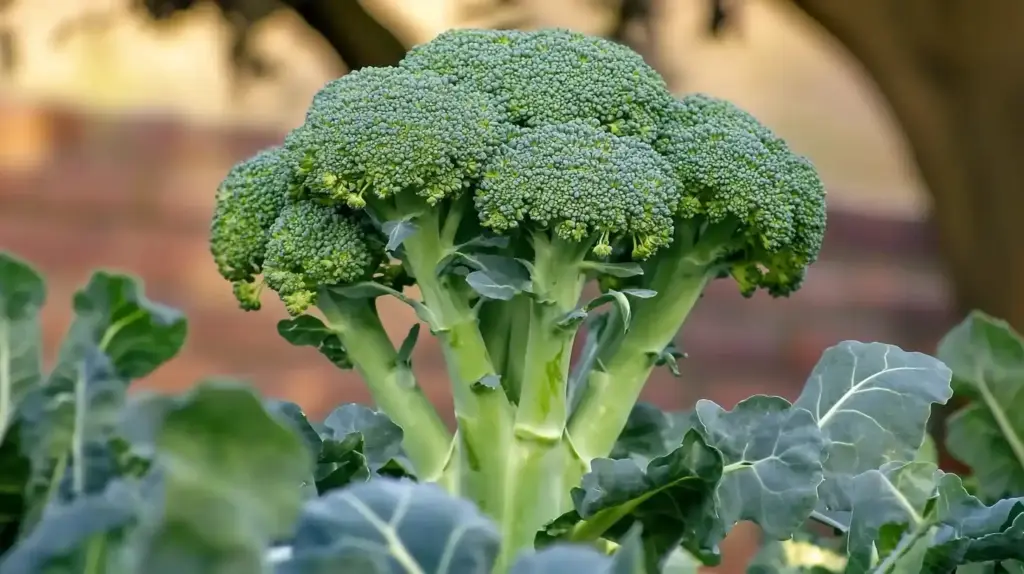
Broccoli actually benefits from cooler, partially shaded environments. Less sun means slower flowering, which results in denser heads and better flavor. Keep soil consistently moist to avoid bitterness.
3. Cabbage
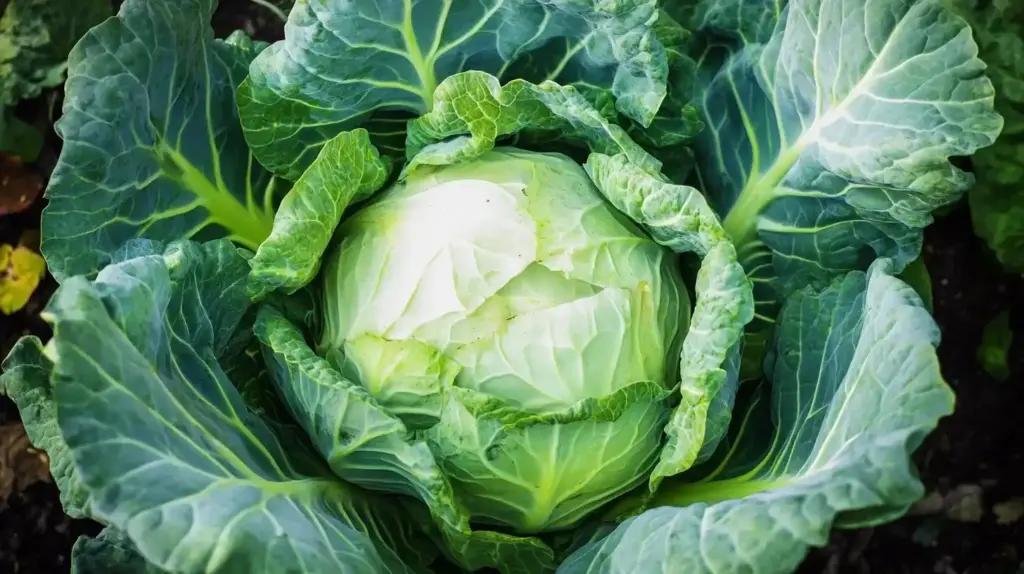
Ideal for spring and fall planting, cabbage appreciates shade to prevent bolting in warmer weather. Shade also helps retain moisture and keeps leaves from drying out, giving you tighter, tastier heads.
4. Carrots
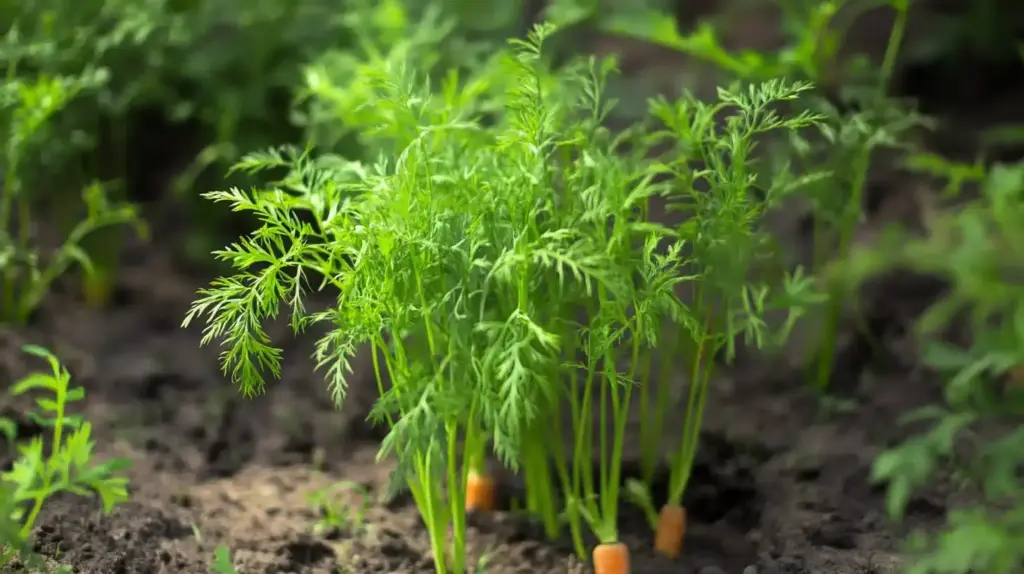
Carrots take a bit longer to mature in the shade, but they still develop well—especially in rich, loose soil. The tops also make an excellent, often-overlooked herb for soups or pesto.
5. Cauliflower
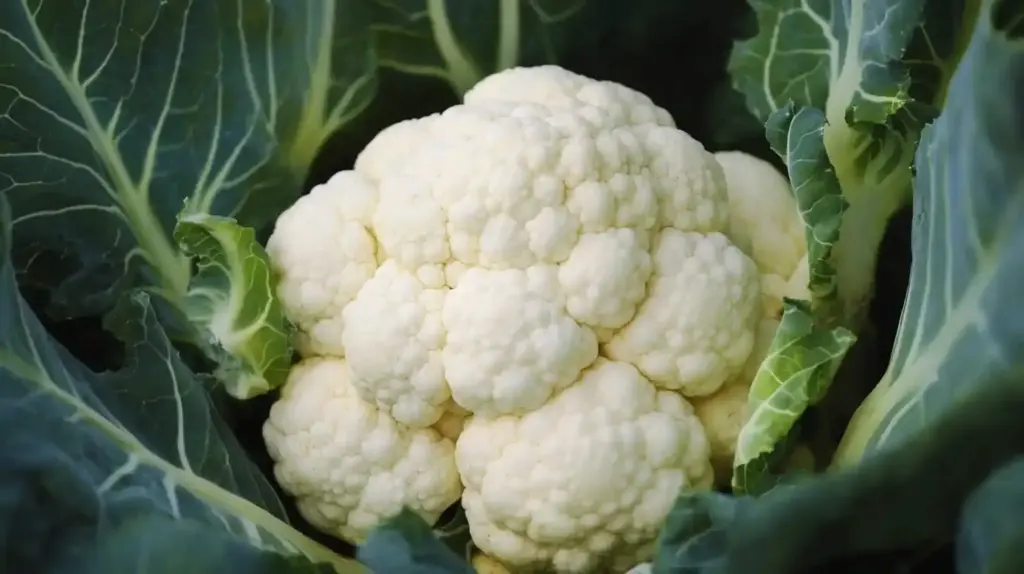
Cauliflower is sensitive to heat and benefits from partial shade to prevent stress and discoloration. Blanching the heads by tying the leaves helps retain sweetness and visual appeal.
6. Celery
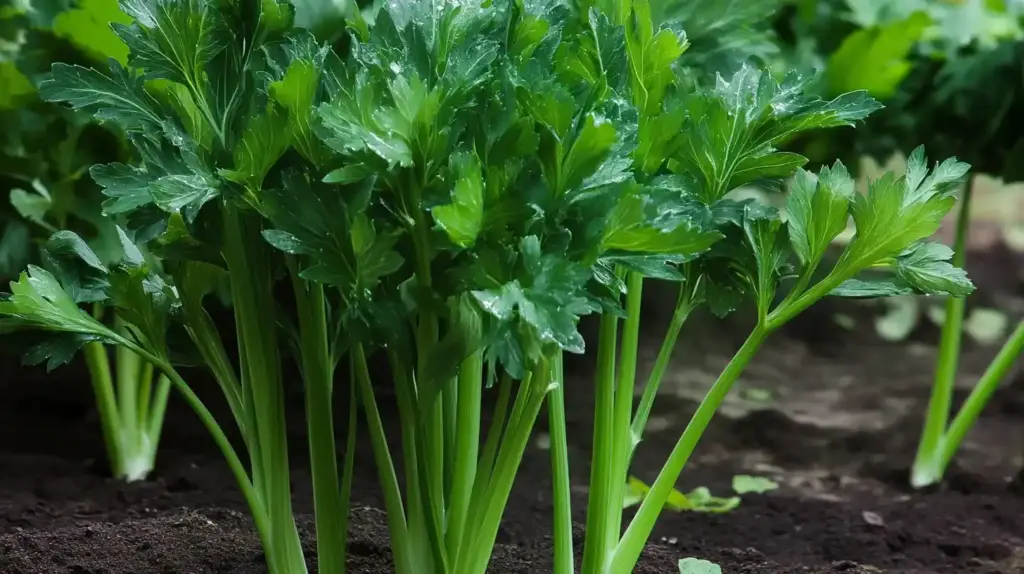
A fussy plant, celery loves consistent moisture and moderate temperatures. Shade helps it stay crisp and prevents the stalks from becoming fibrous or bitter.
7. Garlic
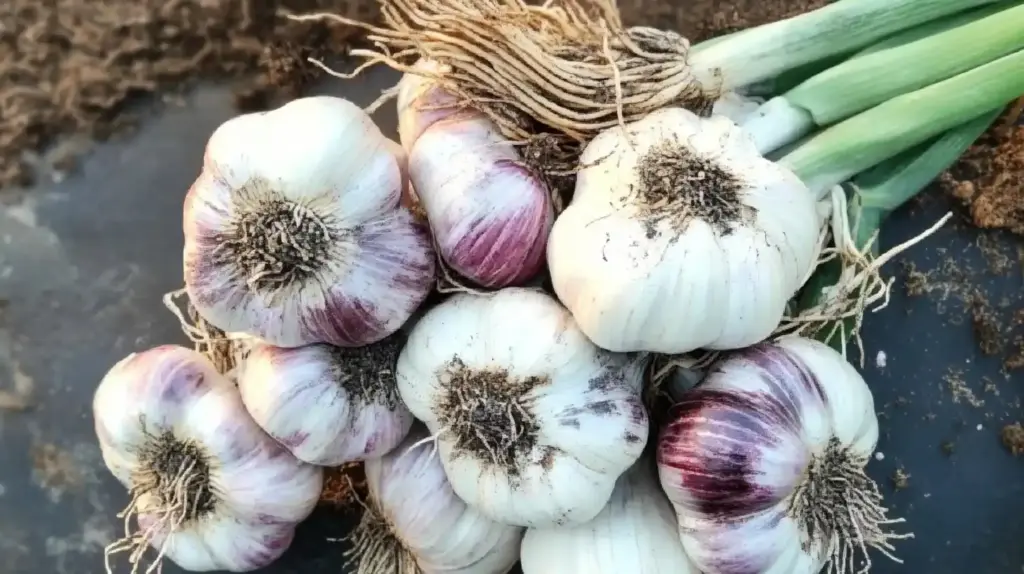
Garlic is surprisingly adaptable and thrives when planted in fall and allowed to overwinter. While it enjoys some sun, it grows reliably in shaded areas, especially when mulched.
8. Green Onions
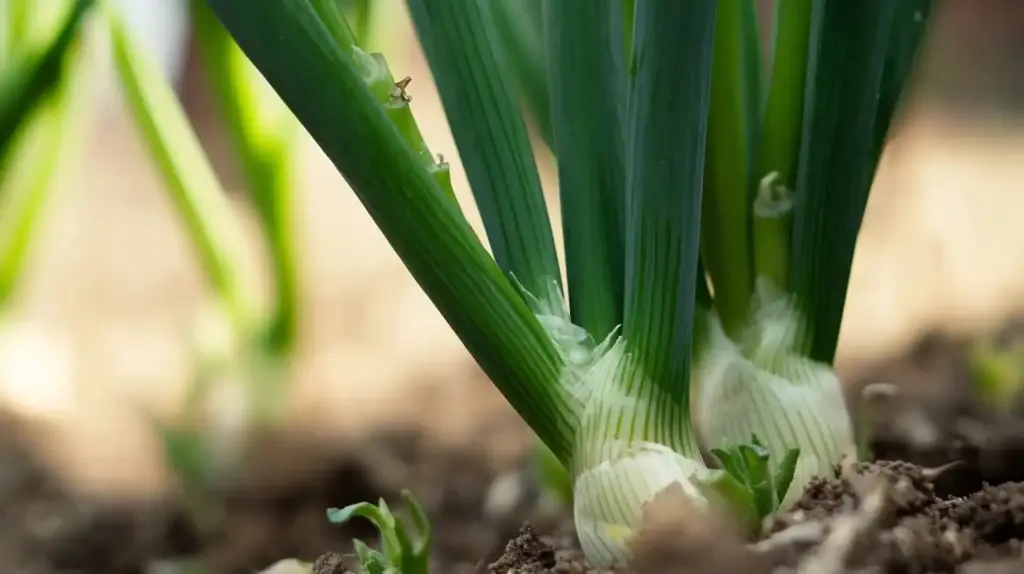
These alliums are perfect for tucked-away corners of your garden. Green onions don’t need intense sunlight to thrive, making them an excellent fit among other shade-tolerant vegetables.
9. Horseradish
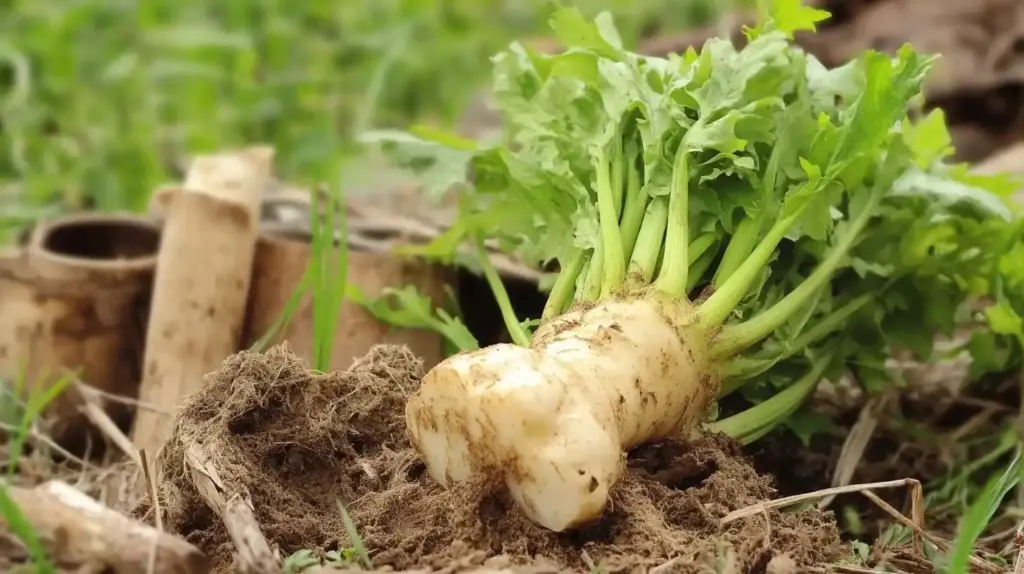
Hardy and low-maintenance, horseradish is a perennial that performs well in partial shade. Just give it room to spread and avoid overwatering—soggy roots are its only nemesis.
10. Leeks
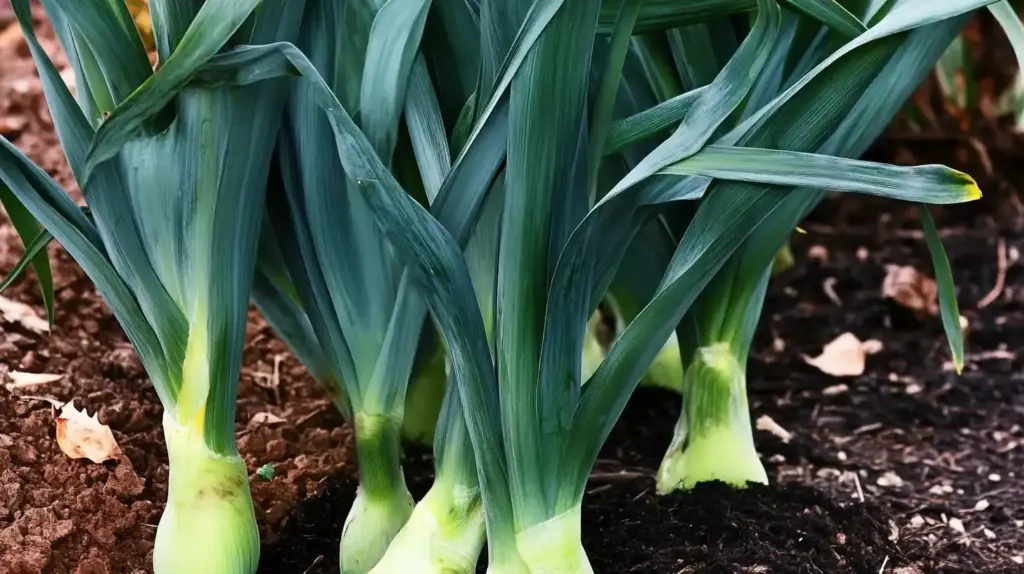
With a long growing season and a preference for mild conditions, leeks are well-suited to shaded beds. Their subtle onion-like flavor adds depth to soups, stews, and savory dishes.
11. Parsnips
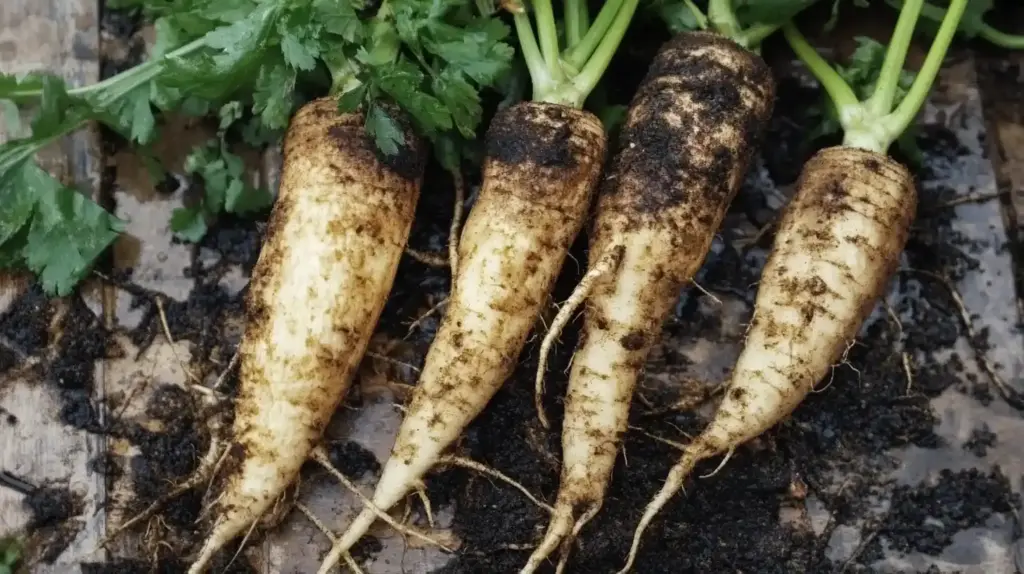
This sweet, earthy root vegetable is a late-season hero. It’s slow to germinate, but once established in partial shade, parsnips can be left in the ground to sweeten with frost.
12. Peas
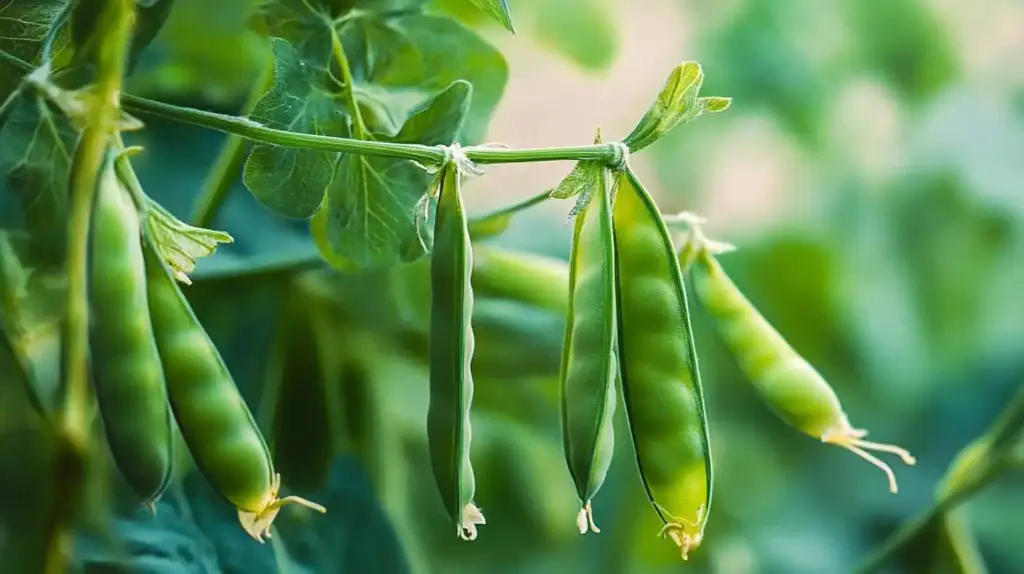
Cool-season favorites, peas benefit from some shade in hot climates. Whether growing in containers or climbing a trellis, these legumes produce tender pods in just a few hours of sunlight per day.
13. Potatoes
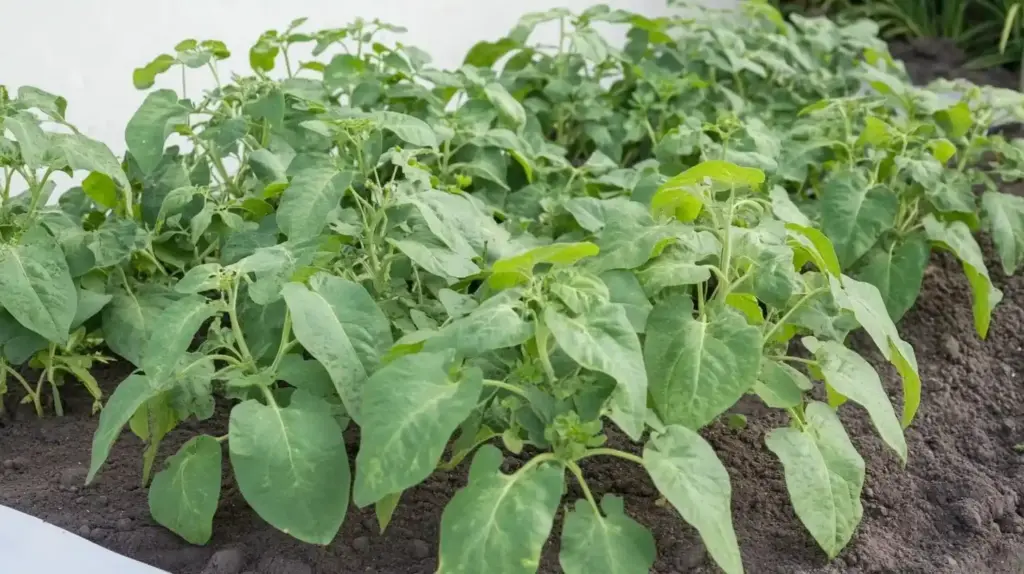
Potatoes grow underground, so full sun isn’t essential. In fact, a bit of shade can help prevent sunscald on the above-ground foliage and reduce heat stress during tuber development.
14. Radishes
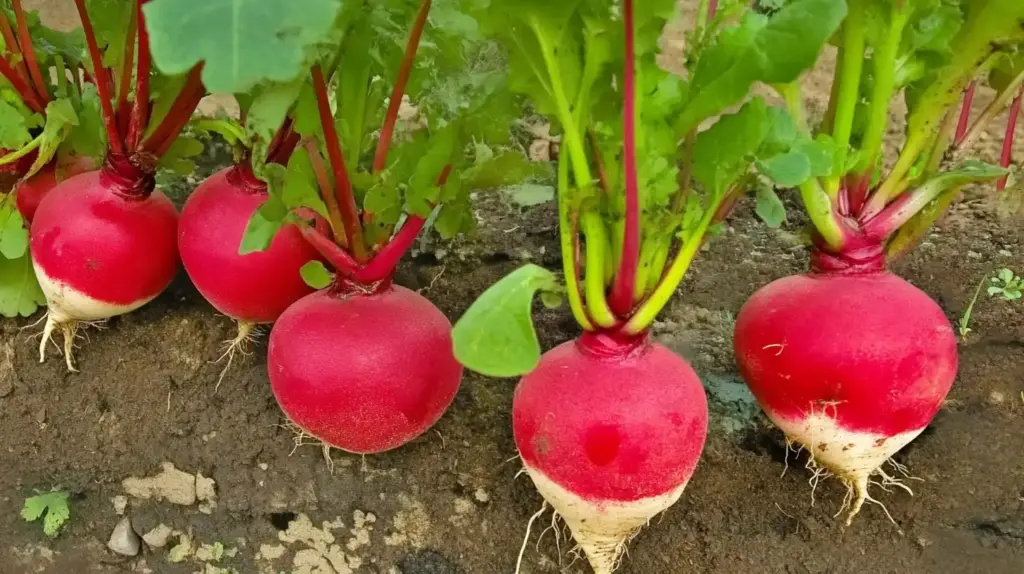
Quick-maturing and nearly foolproof, radishes dislike heat but thrive in spring or fall shade. Try sowing successions every few weeks for a continuous harvest of crisp, peppery roots.
15. Rutabaga (Swede)
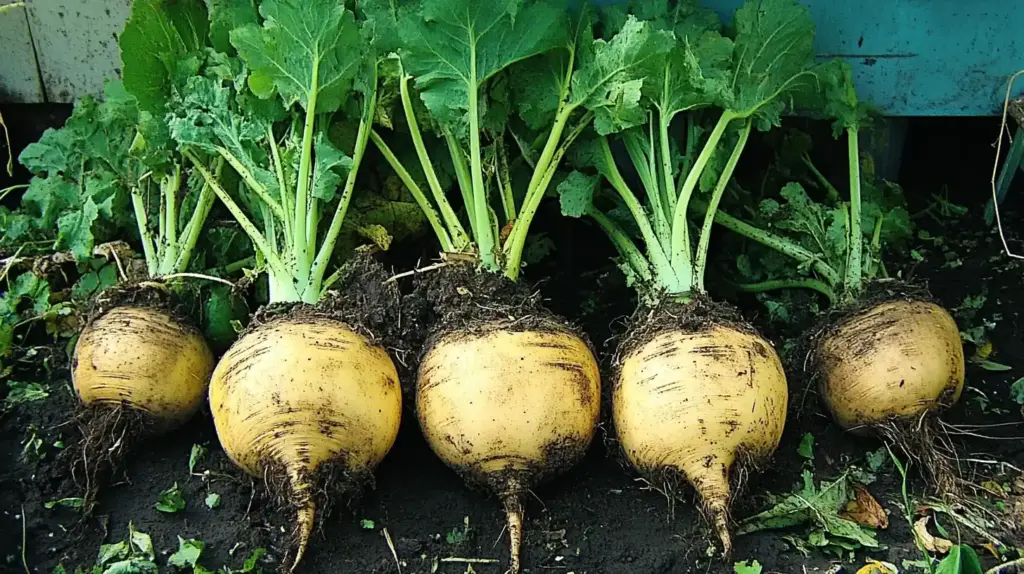
Another cool-weather crop, rutabaga flourishes when protected from harsh sun. Plant it in midsummer for a fall harvest—the roots improve in flavor after a light frost.
16. Salsify

A lesser-known root vegetable, salsify does well in rich, moist, shaded soil. It offers both edible roots and leafy tops, making it a dual-purpose crop for adventurous gardeners.
17. Turnips
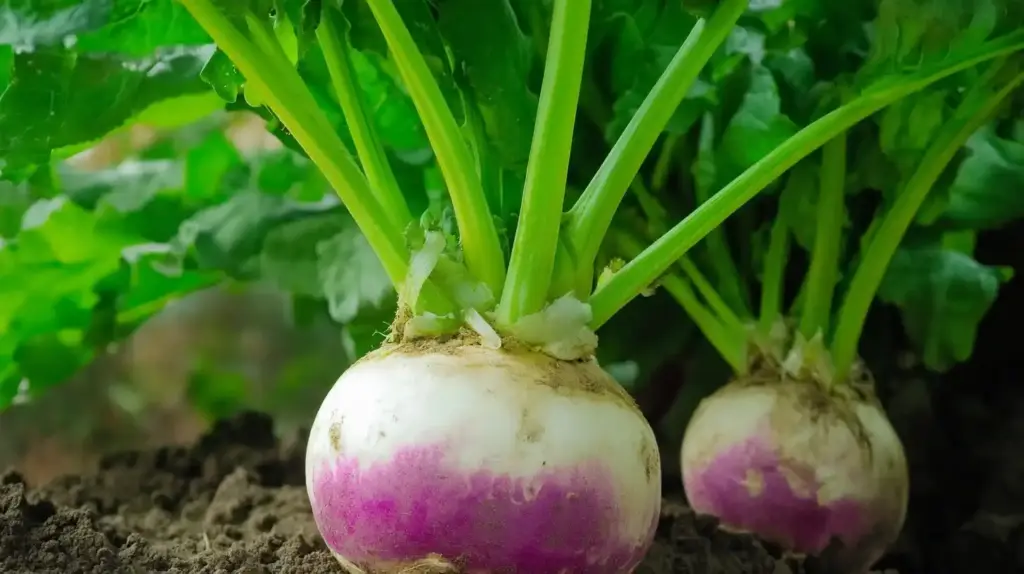
Fast-growing and forgiving, turnips are ideal for shaded garden beds. Harvest the roots while they’re young for a sweeter flavor, and don’t forget that the leafy greens are edible too.
18. Watercress
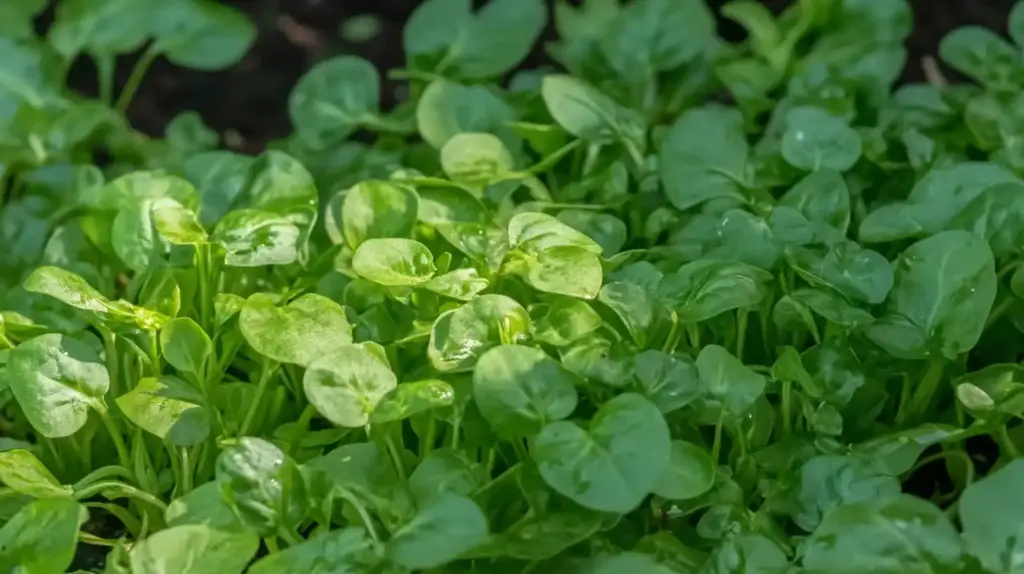
This peppery perennial thrives in shady, moist environments—especially near water features or in containers with ample drainage. It’s a powerhouse green rich in nutrients and easy to maintain.
These shade-tolerant vegetables allow you to maximize garden space that would otherwise go unused. With just a few hours of sunlight, you can cultivate a diverse, productive harvest even in the shadier zones of your yard.
Full Shade–Tolerant Greens (2–4 Hours of Sunlight per Day)
If you only have 2–4 hours of sunlight, don’t worry—you still have excellent options. Greens like spinach, kale, and arugula are nutrient-packed and grow well in low light. For even more variety, try incorporating perennial plants for shade like sorrel and watercress, which return each season with little maintenance.
Pair these vegetables with flowers that grow in shade to create an edible and ornamental shady bed that looks beautiful year-round.
1. Arugula
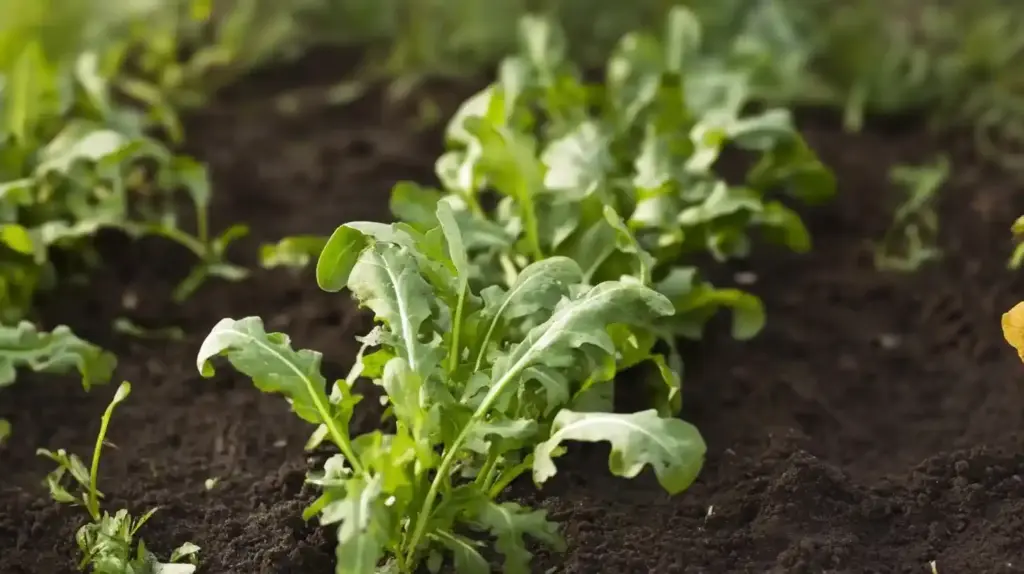
Also known as rocket, arugula boasts a bold, peppery bite. In full sun, it can become overly bitter and bolt quickly. Shaded conditions keep it milder and more tender—perfect for salads and sandwiches.
2. Brussels Sprouts
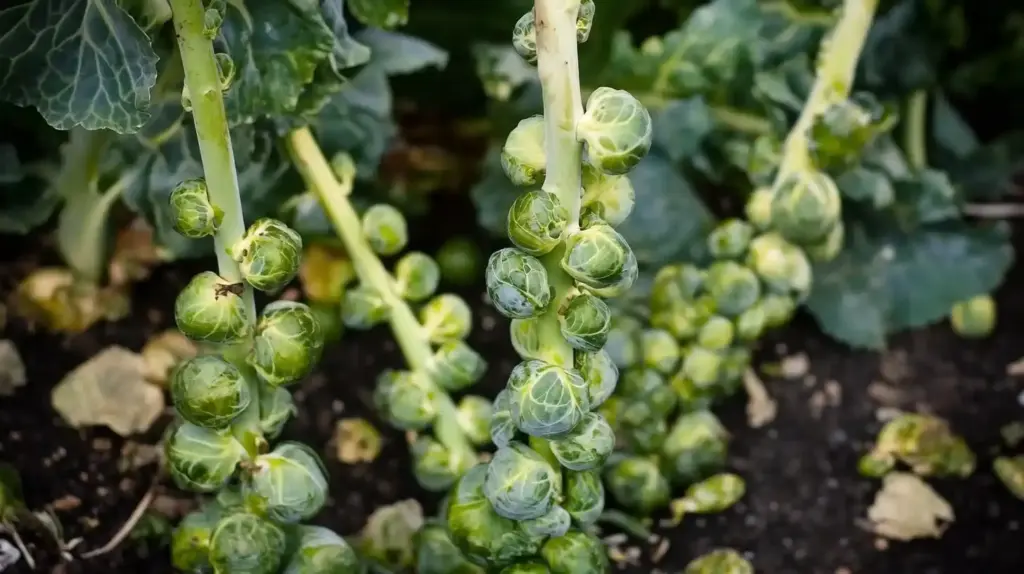
These mini cabbages are slow growers and love cool weather. Shade helps protect them from heat stress, allowing them to mature gradually for a sweeter flavor. Plus, their tall stalks can be used to shade other tender crops below.
3. Kale
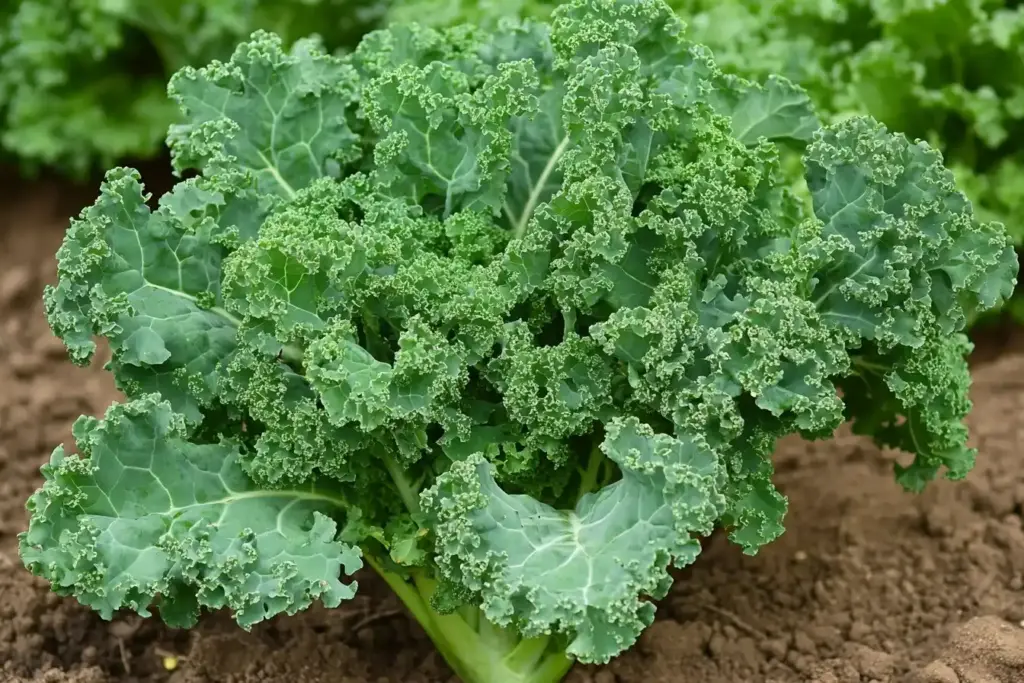
A resilient garden staple, kale adapts well to low-light environments. It retains its texture and nutrition even in cooler, shadier locations and can be harvested well into fall or early winter.
4. Lettuce
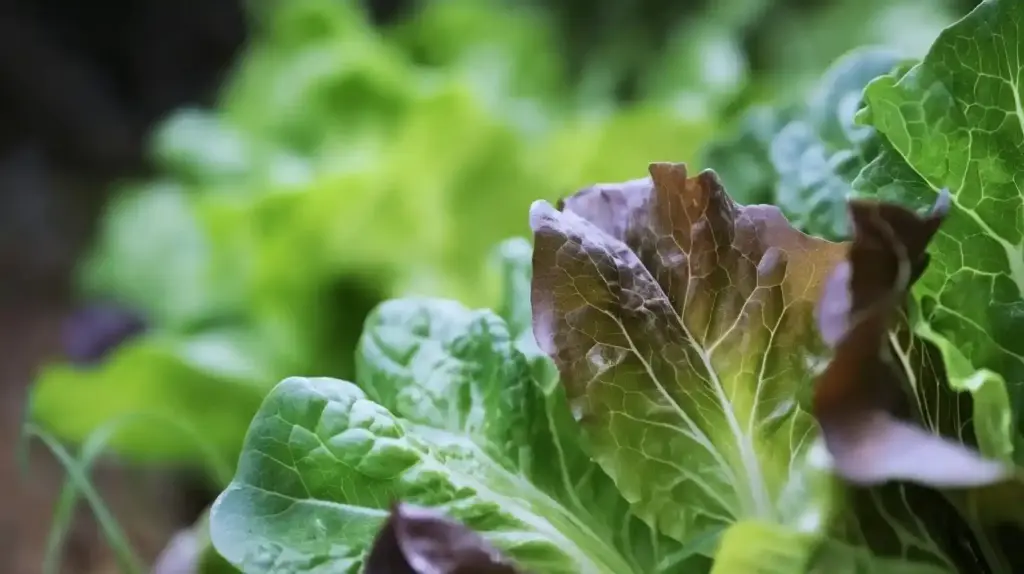
One of the most popular shade-tolerant vegetables, lettuce actually prefers filtered sunlight. Too much heat and sun lead to bitter leaves and rapid bolting. In the shade, you’ll enjoy lush, tender greens over a longer season.
5. Mustard Greens
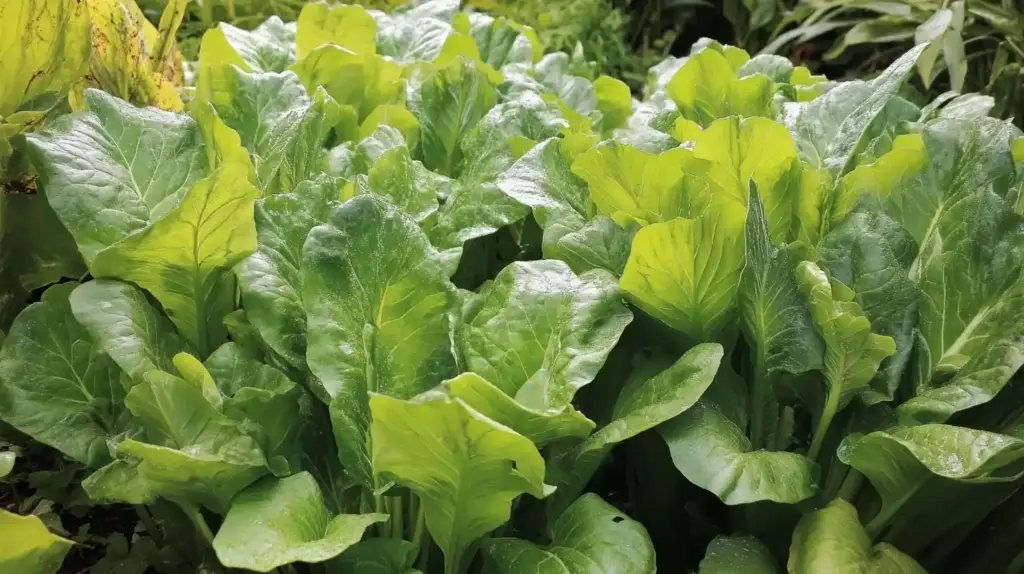
These spicy greens mellow in flavor when grown in the shade. They’re less likely to curl or scorch under cooler conditions, making them ideal for succession planting in tucked-away garden spots.
6. Sorrel
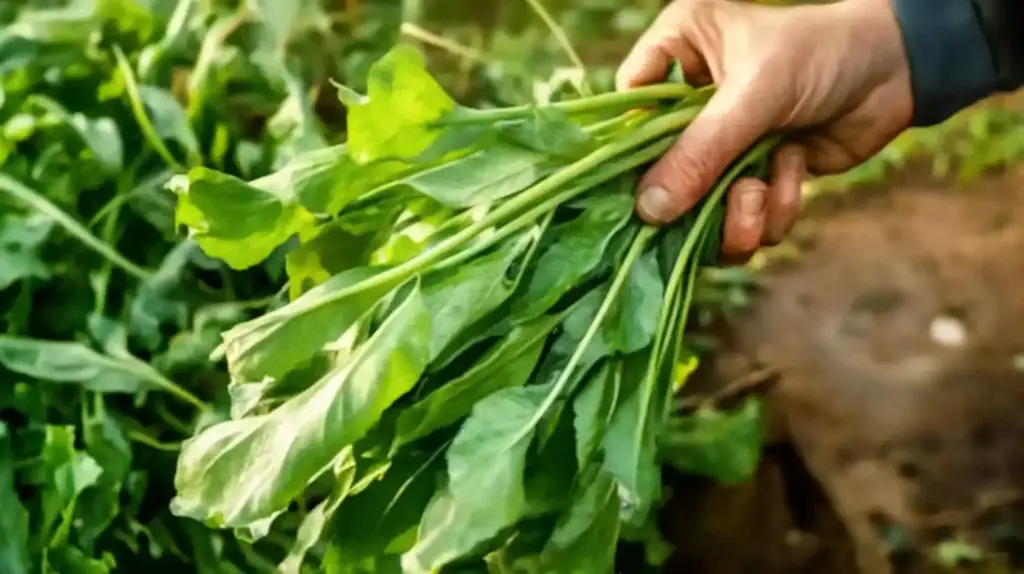
A tangy, lemon-flavored perennial, sorrel thrives with minimal light. It grows back continuously after harvest and tolerates poor soil—just provide decent drainage and a bit of compost.
7. Spinach
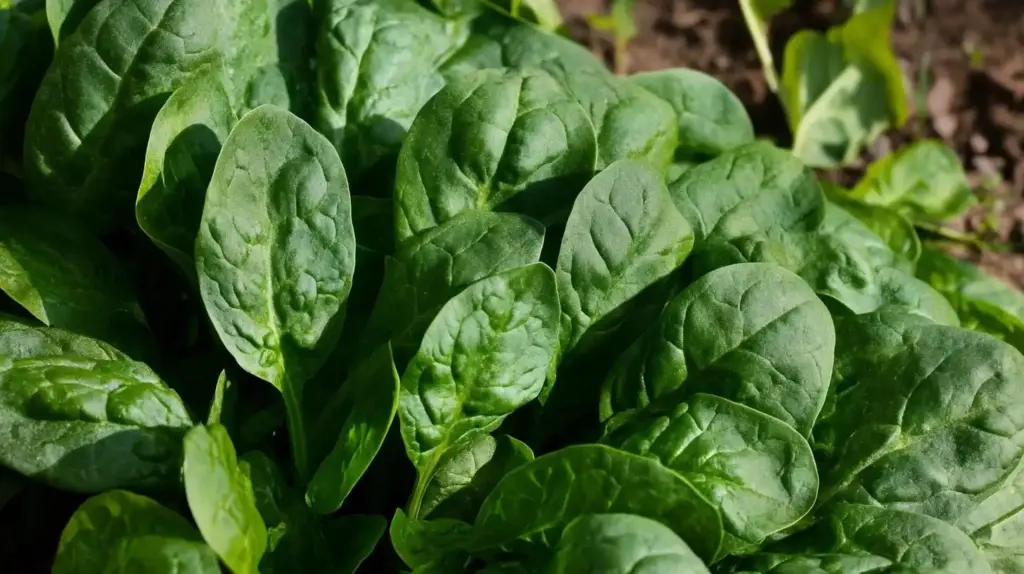
Known for its cold-hardiness, spinach doesn’t need more than 2–3 hours of daily sunlight to grow well. In shaded gardens, it stays tender longer and resists bolting during warm spells.
8. Swiss Chard
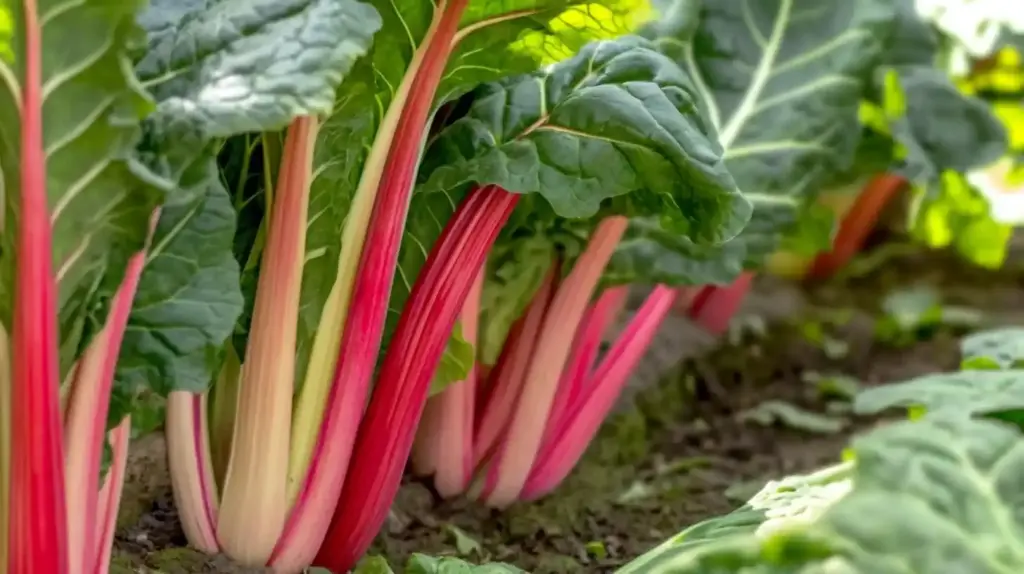
Colorful, nutrient-rich, and adaptable, Swiss chard is one of the most dependable shade-tolerant vegetables. Its large leaves are ideal for harvesting over time, and the vibrant stalks add ornamental value to shady garden beds.
Shady spaces can be transformed into lush patches of edible greens with the right plant choices. These low-light champions help round out your harvest, especially in warm climates or tightly packed urban gardens.
Tips for Shade Gardening Success
Success with shade-tolerant vegetables often comes down to optimizing soil, layout, and timing. Start by improving your beds with compost and organic matter—check out this guide on how to improve garden soil for healthy root development.
To regulate moisture and temperature, consider adding shade cloth or vertical elements like bean towers. Tools for building these can be found in our list of must-have gardening tools, especially helpful for beginners creating their first microclimates.
Track your growing conditions in a garden journal and adjust your expectations—shade-grown crops often mature more slowly, but they tend to be more tender and flavorful.
🌿 Create Shade Strategically
Even if your garden receives ample sunlight, you can intentionally introduce shade to protect cool-weather crops from excessive heat. Use taller plants like corn, sunflowers, or trellised beans to provide dappled light for tender greens growing below.
🧵 Use Shade Cloth
In hot regions or during peak summer, shade cloth offers an excellent way to regulate light exposure. Choose cloth with 30–50% density for leafy greens and root crops. This can prevent bolting and reduce watering needs.
⏳ Adjust Expectations for Growth Rate
Shade slows down the maturity rate of many crops, especially root vegetables like carrots and beets. Don’t worry—it’s completely normal. Start plants earlier when possible and plan for slightly longer harvest windows.
💧 Prioritize Consistent Watering
Shaded gardens may retain moisture longer, but don’t assume your plants are hydrated. Root systems in low-light areas may be smaller, making them more vulnerable to drought stress. Water consistently, but avoid overwatering.
🌱 Choose the Right Soil
In areas with limited sun, soil can become compacted or overly damp. Improve drainage and aeration by adding compost, aged manure, and organic matter, especially in raised beds. Healthy soil helps shade-tolerant vegetables establish stronger roots.
📋 Keep a Garden Journal
Shade patterns change with the seasons. Track which areas receive light at different times of year, and rotate crops accordingly. A garden journal helps refine your planting strategy season after season.
With a thoughtful layout and some creative planning, your shady garden can become one of your most productive zones. Embrace the cooler corners of your yard and let your shade-tolerant vegetables do what they do best—grow strong, flavorful, and resilient.
Frequently Asked Questions (FAQ)
🌿 What are shade-tolerant vegetables?
Shade-tolerant vegetables are plants that can grow with limited sunlight—typically between 2 to 6 hours of direct or filtered light per day. These include leafy greens, certain root vegetables, and cool-season crops that prefer lower temperatures.
☀️ How much sunlight do shade-tolerant vegetables need?
It depends on the plant. Partial shade vegetables need around 4–6 hours of sunlight, while full shade varieties can thrive with 2–4 hours of daily sun. Most leafy greens fall into the full shade category.
🥬 Can I grow vegetables in full shade?
Yes, but only select vegetables. Lettuce, spinach, kale, arugula, and Swiss chard are among the best full-shade crops. These vegetables don’t need full sun to develop flavor or grow to maturity.
🌱 What are the easiest shade-tolerant vegetables for beginners?
If you’re just starting out, try radishes, green onions, spinach, and lettuce. They’re fast-growing, forgiving, and ideal for learning how to garden in less-than-sunny conditions.
🪴 Can I grow shade-tolerant vegetables in containers?
Absolutely! Many shade-tolerant vegetables grow well in containers, especially peas, lettuce, spinach, and green onions. Just be sure the containers drain well and are placed in areas with dappled or indirect sunlight.
🌿 What are shade-tolerant vegetables?
They are crops that grow well with 2–6 hours of sunlight per day. For decorative inspiration, explore flowers and perennials for shaded areas that pair well with these vegetables.
🪴 Can I grow them in containers?
Yes! Many leafy greens do great in pots. For inspiration, explore the best potted plants for shade and sun to maximize your container garden layout.
🐛 How can I reduce bugs in shady gardens?
Add natural defenses like mosquito-repelling plants around your veggie beds. Shade and moisture can attract pests, so companion planting can offer protection.
💧 Do shade gardens need less water?
Not always. While shaded soil may retain moisture longer, air circulation is reduced, which can lead to fungal problems. It’s important to water consistently and monitor soil conditions regularly.
🧊 Are shade-tolerant vegetables good for hot climates?
Yes! Growing shade-tolerant vegetables is a smart way to beat the heat in hot regions. Shade protects cool-season crops from bolting and keeps leafy greens tender and flavorful longer.
Conclusion: Embrace the Shade, Grow with Confidence
If you’ve ever thought your shady backyard was a gardening setback, it’s time to think again. With a wide variety of shade-tolerant vegetables available, even the least sunny parts of your garden can become a source of fresh, flavorful, and nutritious produce.
From leafy greens like kale and spinach to hearty roots like beets and carrots, low-light areas offer a unique opportunity to extend your growing season, beat the summer heat, and diversify your harvest. All it takes is a little planning, a willingness to experiment, and an understanding of your garden’s unique microclimates.
So go ahead—plant that shaded corner and discover just how productive the shadows can be.
🌿 Love gardening inspiration? Follow me on Pinterest for bold plant ideas, tips, and seasonal color!
More Posts
